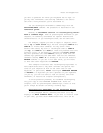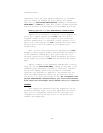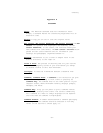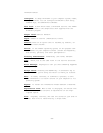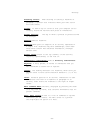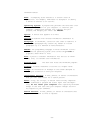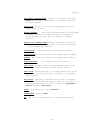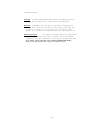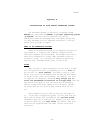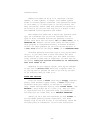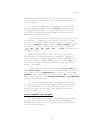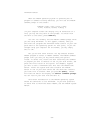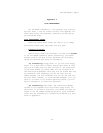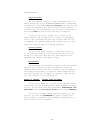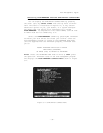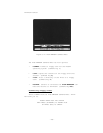
PASCAL
Appendix B
INTRODUCTION TO TILE PASCAL OPERATING SYSTEM
The ThinkTank program is written in a language called
PASCAL and runs under the PASCAL (or p-code) operating system
(p-System). We have tried to eliminate the need for
specialized technical knowledge about the PASCAL system, but
in using ThinkTank you will sometimes encounter it. This ap-
pendix tells you what to expect.
WHAT IS AN OPERATING SYSTEM?
Think of an operating system as the executive director of
your computer. It receives your commands, communicates be-
tween your computer and your program, and manages the files in
which your information is stored. When ThinkTank stores an
outline on a disk, it is actually the operating system that
does the work; ThinkTank merely tells it what to do.
FILES
When you want to store information in your office or home
for a long period of time, you probably put it in a file and
put the file in a file cabinet. The same is true of a com-
puter, only the files are magnetically encoded and the cabinet
is called a disk. Like a file cabinet, the capacity of a disk
is large but not unlimited. ThinkTank only alloys you to
store one ThinkTank outline file on a floppy disk. That way
the outline can expand to fill the whole disk if necessary,
much as a paper file might expand to fill an entire cabinet.
On a hard disk you can store as many outline files as will
fit.
Every PASCAL file has a name by which you can refer to
it. If you have a floppy—disk system, you will find that you
don’t have to bother with the names of your outline files;
ThinkTank takes care of them for you. However, you will have
to provide names for your text files (see below). Hard disk
users will be concerned with the names of both outline and
text files.
—93—



